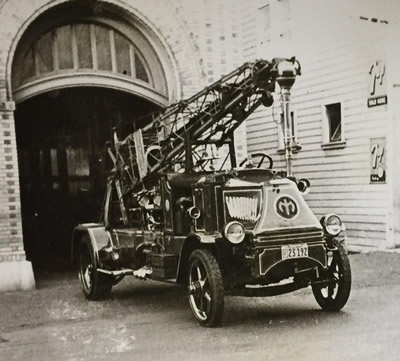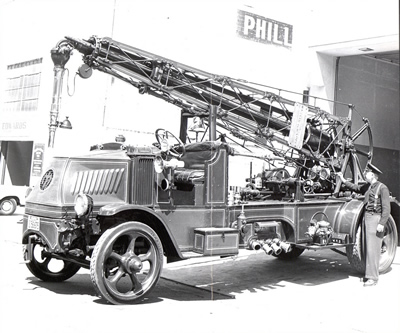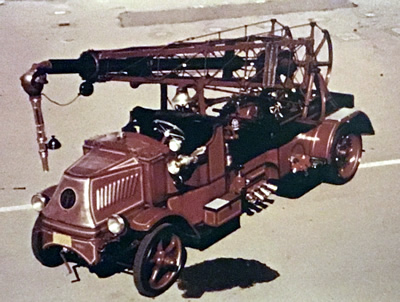
- Guardians Home
- SFFD Home
- Site Map
- Historical Review
- Apparatus
- Chiefs of Department
- Chronology
- Charles H. Ackerson
- Charles J. Brennan
- Keith P. Calden
- Andrew C. Casper
- Emmet C. Condon
- Robert L. Demmons
- John H. Dougherty
- Charles P. Duane
- Joanne M. Hayes-White
- George H. Hossefross
- Francis P. Kelly
- Frederick D. Kohler
- Joseph A. Medina
- Thomas R. Murphy
- William F. Murray
- Jeanine Nicholson
- Edward J. Phipps
- David Scannell
- Patrick H. Shaughnessy
- Albert J. Sullivan
- Dennis T. Sullivan
- Paul J. Tabacco
- Mario H. Trevino
- Edward P. Walsh
- Franklin E. R. Whitney
- Companies
- Events
- Past Events
- SFFD 150th Anniversary
- PPIE 100th Anniversary
- 1906 Expo
- 1989 Quake Party - 2009
- 65' Ladder Presentations
- Broderick & Terry Duel
- Coit Tower 75th Anniversary
- Cole Valley Fair
- Gold Hydrant - April 18th
- Jimmy's Car Show
- Lower Haight Street Fair
- Lotta's Fountain - April 18th
- Musters
- Presidio Car Show
- Station 28 75th Anniversary
- Fireboats
- Firehorses
- Firehouses
- Fires
- In The Line Of Duty
- Museum Collections
- Musters
- Notable People
- Organizations
- Gift Shop
- Volunteers
- Related Links
- Contact Us
- Research Requests
- Photo Gallery
- Videos
- Donations
Museum Collections: Apparatus - Water Tower Company No. 3: |
||||
1927 Mack Bulldog chassis with a 35 foot Gorter Water Tower, Union Iron Works, San Francisco |
||||
|
||||
Tractor Builder: Mack Trucks, a 3.5 Ton chassis, 4 cylinder 70 HP engine, chain driven, with solid rubber tires. Manufacturer's Number: 7311719 Water Tower Builder: Union Iron Works, San Francisco as designed by Henry H. Gorter SFFD Shop Number: WT-4 Original Price: Condition: Fair, preserved Location: In storage Crew:
Two firemen on each shift Service History: 1928 Organized and assigned to the quarters of Engine Company No. 29, 380 Division. With the expansion and industrialization of the City in the 1920's, the Department found a need for units that could put a large volume of water on a warehouse, factory or pier fire. The small water towers are miniature versions of the large Gorter water towers. Each small tower can produce the same volume of water as the large, but they cannot reach as high. Additionally, because of their shorter wheel base, they could be used in the City's many narrow streets and alleys. The mast of this small tower is 24 feet. The telescope can be extended to 30 feet and with the nozzle extension water can flow from 35 feet above the ground. The tower can place a fairly effective stream of water into a 5th floor window or onto a 4th floor roof. They can place an effective stream of water into a 4th floor window or onto a 3rd floor roof. The deck monitors can place a fairly effective stream of water into a 3rd floor window or onto a 2nd floor roof. The deck monitors can place an effective stream of water into a 2nd floor window. The tower nozzle normally carried a 2 inch tip and the deck battery a tip of 1 ¾ inches. Two sets of four nozzle tips, 1 ½, 1 ¾, 2, and 2 ½ inches, are carried on the small water towers. One set is for the tower and the other for the deck monitor. The small towers have two 3”gated outlets so that in emergencies they could supply hand held lines led into a fire. Under certain conditions it may be necessary to couple a Gleason high pressure reducing value to the gated outlets to step down the pressure for hand held lines. Two high pressure reducing valves are carried on each small tower. Both units still carry the same hard solid rubber tires that they had on their first day of service. Another unusual feature is a smaller set of stop lights that were added to these units at the beginning of World War II to be used during required blackouts. These smaller lights were about half the size of the originals. This difference seems small, but it was very important to the Department and the City during World War II. Water Tower 3 was always assigned to firehouses near the waterfront and industrial districts. Engine Companies 19 and 25 are both waterfront companies, and Engine 29 is also located nearby in the south of Market Street district. These neighborhoods, the Slot south of Market, the inner and outer Potrero, Dogpatch, and Butchertown (The meat packing slaughter house area, which also was the home of the produce market), were all protected by Water Tower Company No. 3. In 1971, Water Tower Company No. 3 was disbanded and the unit was transferred to the roster of the Museum. It is the goal of the SFFD Historical Society to have both units, Water Towers 3 & 4, placed into working order with one in a restored condition and the other maintained as a preserved apparatus. |
||||




